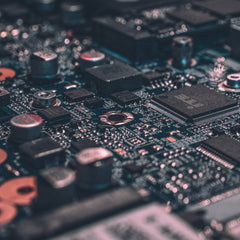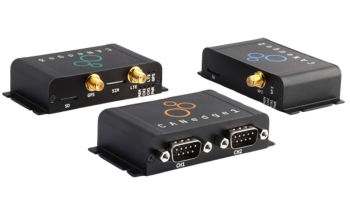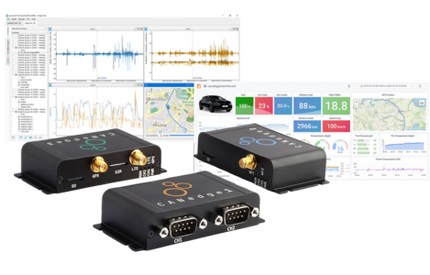The Internet of Things (IoT) has been talked about as an industry dealing in data, because of the massive amount of information produced by sensor technology. In fact, harvesting data from connected devices has become one of the key excitements concerning IoT technology, as it allows for the drastic advance in the analytics of failure, evaluation, implementation and efficiency. With the newfound information, businesses and industries can know sooner and with more accuracy how their products/production are being affected by external factors. This information could be used in an industrial environment to regulate the humidity of a manufacturing facility when dealing with a sensitive material, or it could be used in the context of a grocery store advertising different coupons to a regular customer who is known to never purchase coffee. In these cases, advanced data analytics is crucial to the development of quick fixes when opportunities arise. Efficacy and speed is the name of the game.
However, the difficulty that has already begun to arise with this technology is the volume at which this data is gathered. Cisco throws out the fact that the past 2000 years have garnered about 2 exabytes of data altogether, while in the current era we are generating that amount every day. Questions arise about the value of all this data, and how to sort through it effectively so that a timely response can be implemented. One suggested resolution has been in the development of more advanced network technology at the local level. With the cloud being a big source for the analytics of IoT data, there is progress to be had by moving that process back to the device itself. This has process has been called moving toward the Edge, or more simply, Edge IoT analytics.
Companies able to invest in the stability and speed of their networks will have the ability, with the development of advanced data analytics through the IoT, to predict and resolve problems earlier. In addition, the cost in bandwidth to transport this massive amount of data to the cloud is far greater than analyzing it locally. Businesses and institutions interested in being competitive as the IoT progresses will have to capitalize on network technology which leverages computer capacity closer to the local network and to the device itself. Reliance on servers for the analytic and decision-making process will become obsolete as the increased volume of data makes that process expensive and inefficient.
The creation and sustainment of networks will go through massive changes as the IoT progresses. A high demand for local analytics will notably adjust the way we do networks especially when it comes to their efficiency and security.






